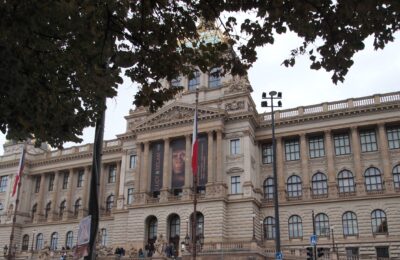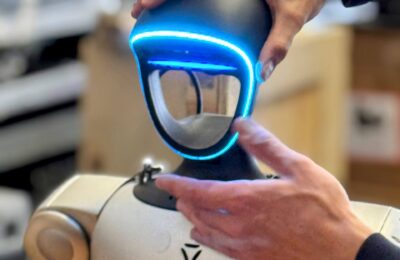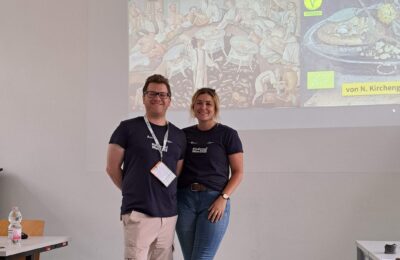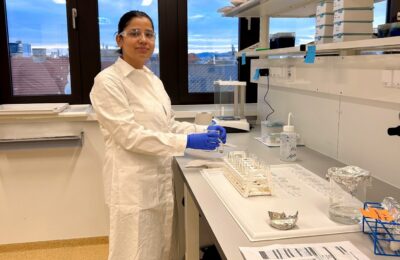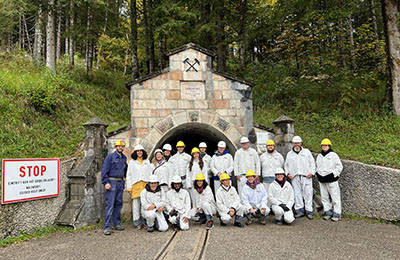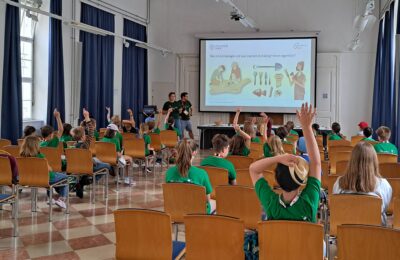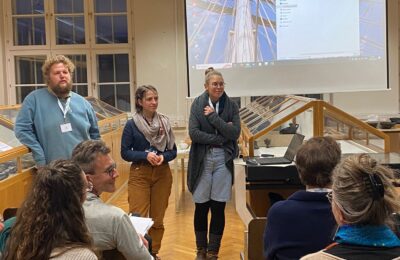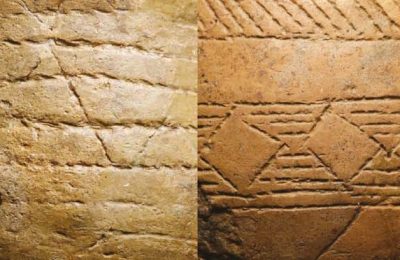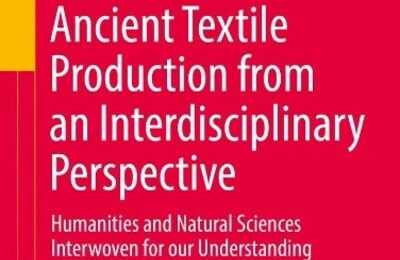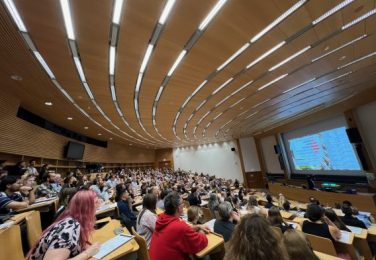HEAS Members Travel to See the Lucy Skeleton – In Europe for the First Time
by Prof. Tom Higham, head of HEAS. The visit of the world-famous Lucy skeleton to Prague in October 2025 led to the idea of a HEAS fieldtrip to the Czech Republic. “Lucy” is the remarkably complete Australopithecus afarensis skeleton discovered in 1974 at Hadar, Ethiopia, and dated to about 3.2 million years ago. Her partial skeleton, 25% preserved, provided clear evidence of habitual bipedalism—walking upright long before the evolution of large brains. She is a cornerstone discovery in understanding human evolution. In October, her remains were loaned to the National Museum in Prague; the first time she has been to Europe. In addition, the remains of the famous Dikika child “Selam” were also loaned. These are the remains of another A. afarensis hominin, this time a 3 year old child, slightly older than Lucy. Twenty-one HEAS members made the trip. We divided into two groups; the first went for the day to see Lucy and the National Museum. The second group went for two days, to visit the scientific laboratories at the Nuclear Physics Institute of the Czech Academy of Sciences (NPI), where the Czech Radiocarbon Lab is based, and then the National Museum the following day. The science labs are located outside Prague on a very picturesque site along the river Vitava. It was a…
